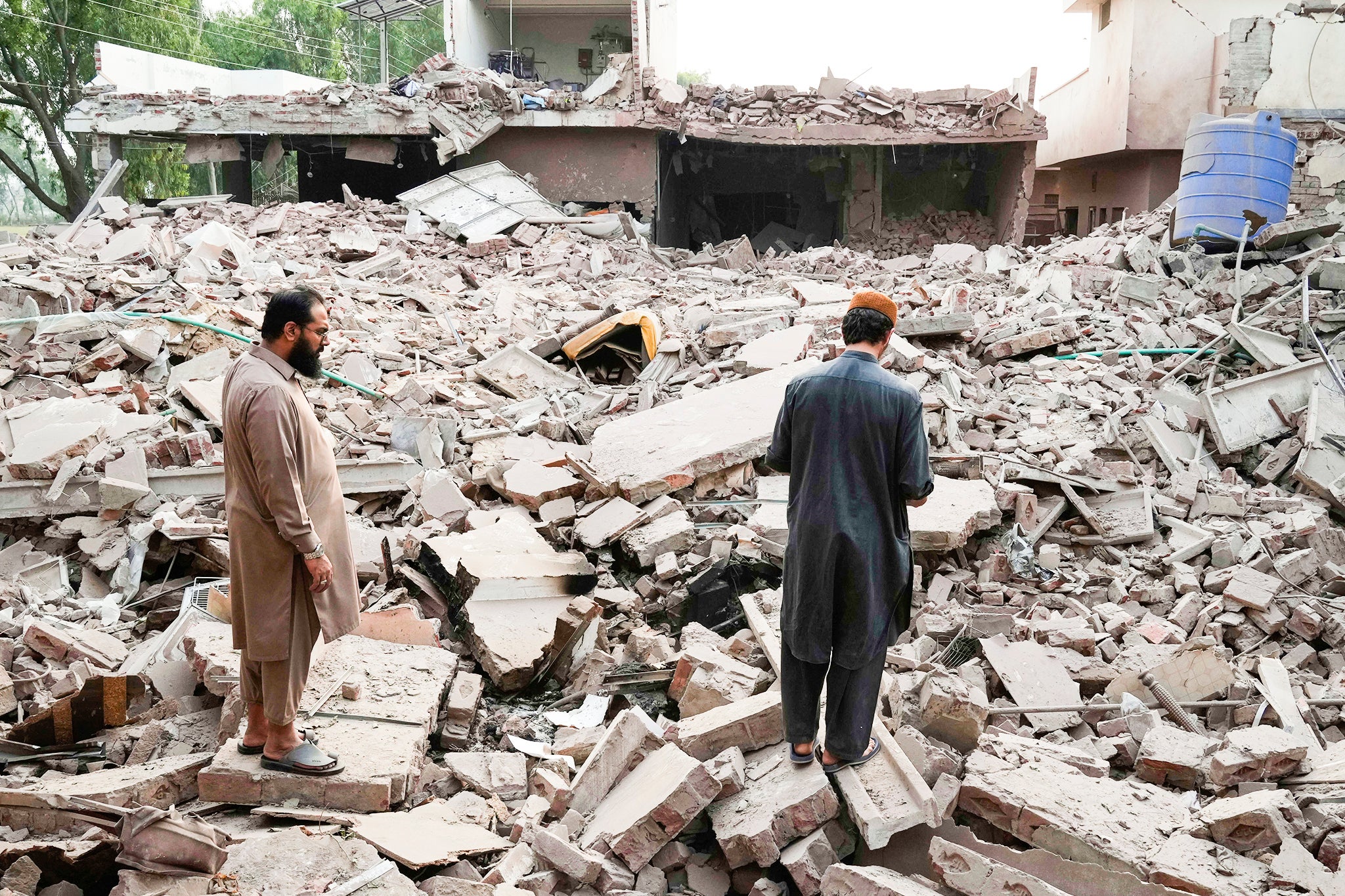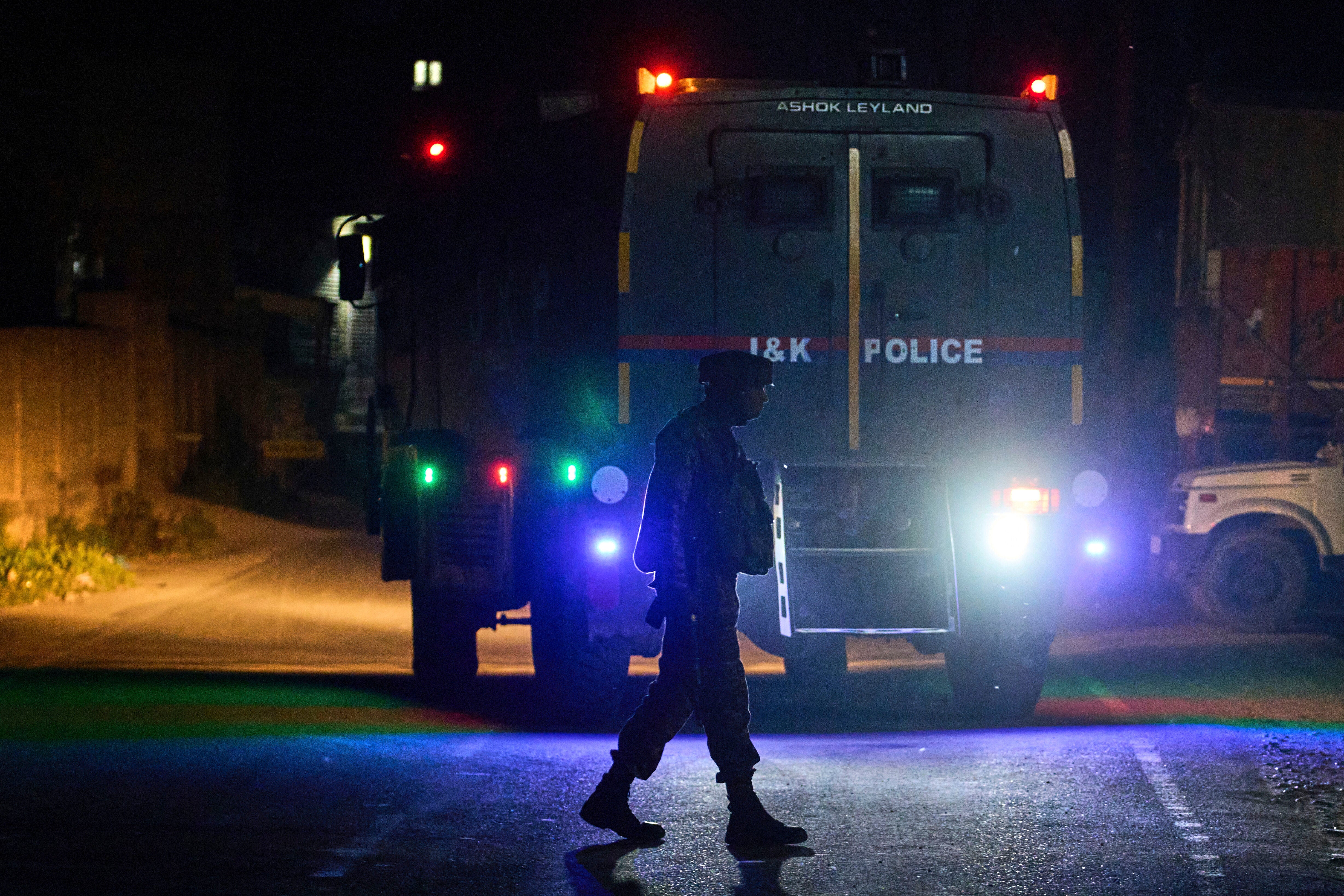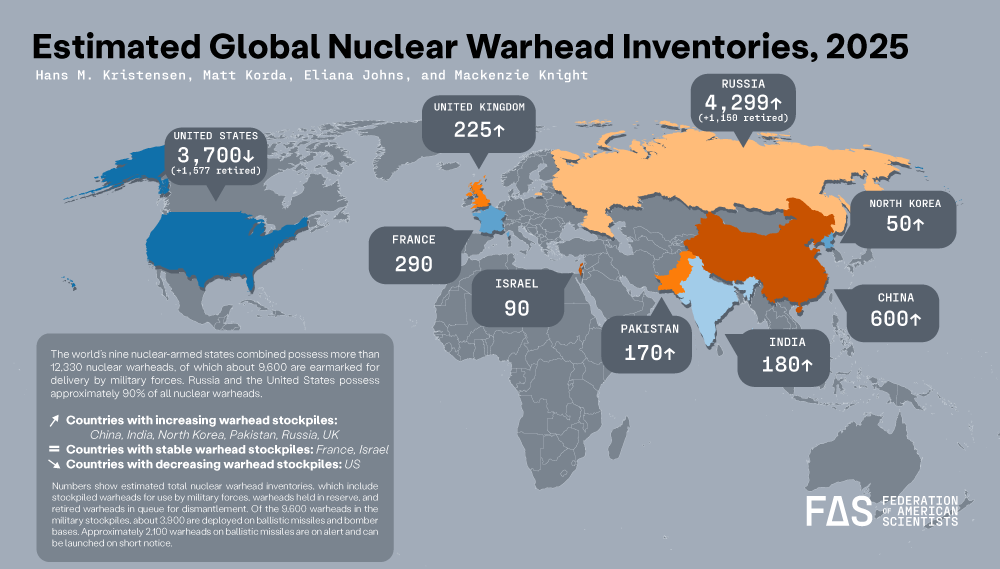ARTICLE AD BOX
India’s missile launch into Pakistani territory, and Pakistan’s promise to hit back, has stoked fears of a war between the nuclear-armed neighbours.
The attack claimed to be retaliation for the gun massacre on tourists in April in Pahalgam, Kashmir, but Pakistan's Prime Minister Shehbaz Sharif called the pre-dawn strikes an "act of war" and vowed his country would deliver a robust response.
India and Pakistan have built up nuclear arsenals over the years. But their purpose is to stop wars, not start them.
India has a “no first use” policy. That means it will only retaliate with nuclear weapons if there is a nuclear attack on Indian forces or Indian territories.
Pakistan’s policy is to use tactical nuclear weapons to counter nuclear threats and conventional military attacks from its bigger, stronger and richer regional rival.

South Asia analyst Michael Kugelman said the Wednesday morning strikes were some of the highest-intensity from India on its rival in years and that Pakistan’s response would “surely pack a punch as well.”
“These are two strong militaries that, even with nuclear weapons as a deterrent, are not afraid to deploy sizeable levels of conventional military force against each other,” Kugelman said. “The escalation risks are real. And they could well increase, and quickly.”
Neither has details about the other’s arsenal
Neither country knows what nuclear weapons the other has or how many. India conducted its first nuclear test in 1974. Pakistan carried out its first in 1988.
Think tanks suggest Pakistan has 170 warheads while India has 172. Some analyses indicate Pakistan could have more, around 200. Pakistan holds its nuclear arsenal to deter India from invasion or a massive attack.
In the current situation, it is up to Pakistan to decide how it fights back without provoking India further and without starting something it cannot win. So far, it claims to have shot down several Indian jets in retaliation.
Despite decades of hostility and suspicion, India and Pakistan are signatories to a pact that bars them from attacking each other’s nuclear facilities. As part of the Prohibition of Attack against Nuclear Installations and Facilities, the two sides exchange lists of their nuclear facilities and installations each January. They have exchanged lists for 34 consecutive years.
However, neither country is a signatory to the global Non-Proliferation Treaty aimed at preventing the spread of nuclear weapons and weapons technology.
Both prefer limited strikes on specific targets
Flare-ups between India and Pakistan have seen precision attacks and reprisals, escalating slowly while giving each side the option to defuse. Border skirmishes are common.
India has been under huge domestic pressure to respond this time because the victims in last month’s gun massacre were civilians. It said its armed forces targeted sites used by militants linked to the attack on tourists.
In 2019, after a suicide car bombing, there was a predawn airstrike from India that it said targeted a terrorist training camp in Pakistan.

Pakistan later claimed to have shot down two Indian warplanes in Kashmir and captured a pilot. The pilot was eventually released and the situation began to normalise. But the episode showed India was willing to enter Pakistani airspace and launch strikes, setting a new threshold for retaliation.
Skirmishes and strikes have so far been contained to border areas, including the Line of Control, the de facto frontier dividing Kashmir.
The tactic carries the risk of miscalculation because any casualties, especially civilian ones, could aggravate domestic sentiment on either side.
The international community wants restraint
With wars escalating in the Middle East, the international community does not want conflict in South Asia.
United States Secretary of State Marco Rubio has repeated his calls for India and Pakistan to calm things down, while United Nations Secretary General Antonio Guterres has expressed his concern about Indian military operations. He has called for maximum restraint.
Both India and Pakistan have moved swiftly to highlight their diplomatic engagement in the region, issuing statements pointing to their alliances and positions on the world stage.
President Donald Trump, who previously said the U.S. would not get involved in mediation, said he wanted things to end quickly.
“I guess people knew something was going to happen based on a little bit of the past. They’ve been fighting for a long time. They’ve been fighting for many, many decades. I just hope it ends very quickly.”
The nine countries that have nuclear weapons
Just nine countries around the world have access to nuclear weapons with an estimated 12,331 warheads between them as recent as the beginning of 2025, according to the Federation of American Scientists (FAS).
Those countries include:
- The United States
- Russia
- The UK
- France
- China
- North Korea
- India
- Pakistan
- Israel
FAS said the United States and Russia share about 88 per cent of the world’s total inventory of nuclear weapons, and 84 per cent of the stockpiled warheads available for use by the military.

The FAS says the US has been reducing its nuclear stockpile, while France and Israel have relatively stable inventories.
But China, India, North Korea, Pakistan and the United Kingdom, as well as possibly Russia, are all thought to be increasing their stockpiles.









 English (US) ·
English (US) ·